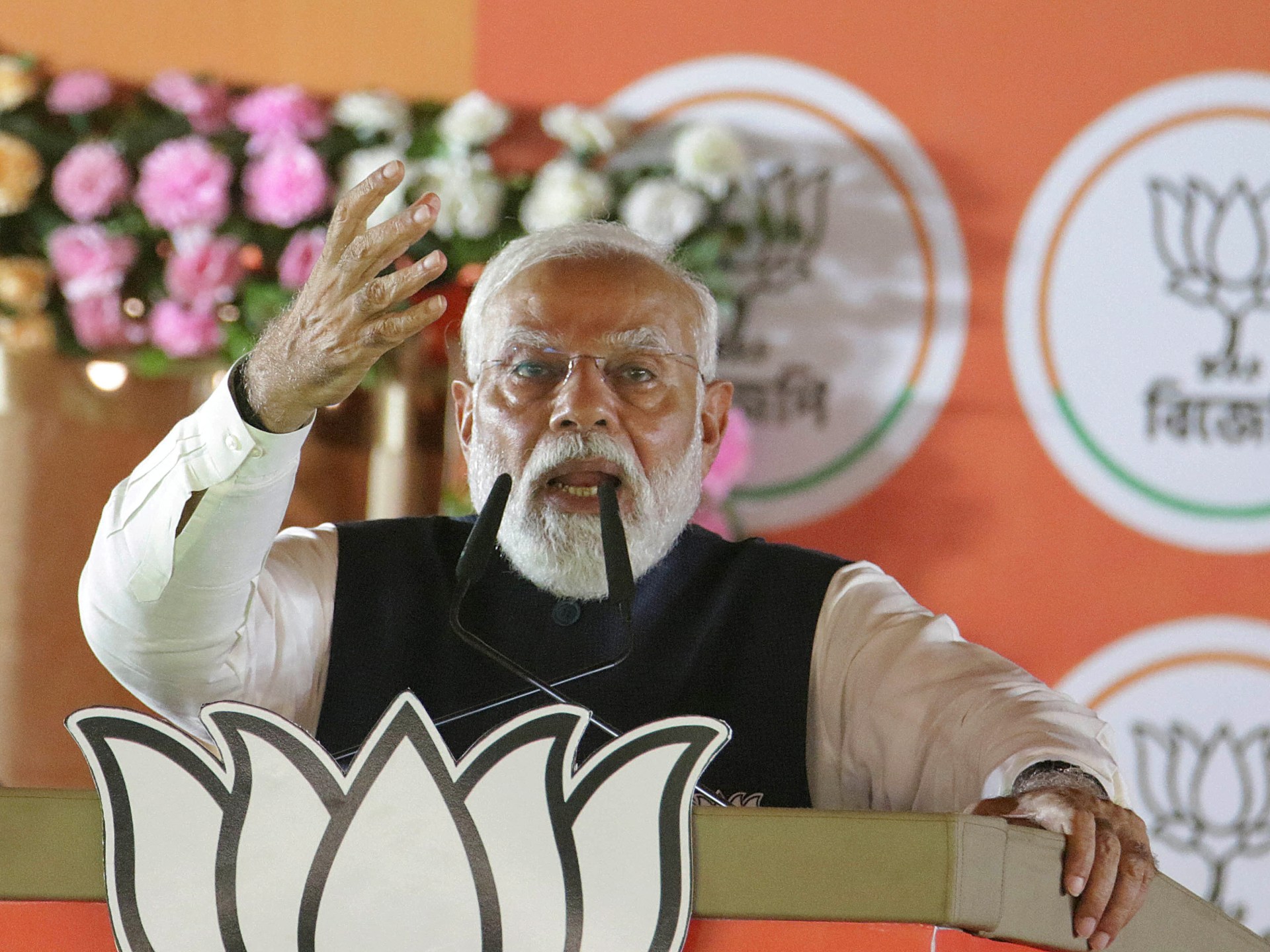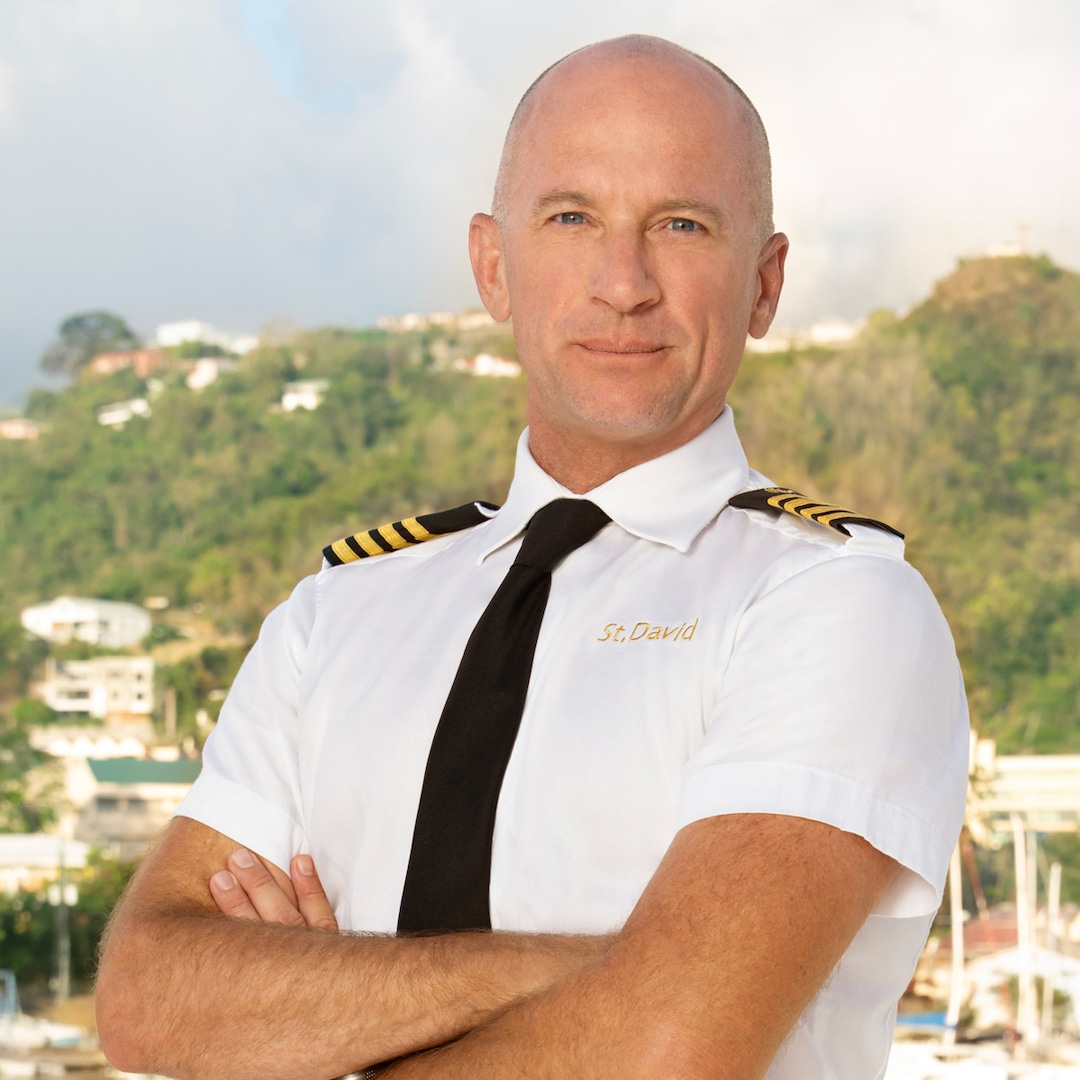NewsFeed India’s Prime Minister Narendra Modi has been accused of hate speech targeting Muslims after he referred to them as
TECHNOLOGY

Two widow founders launch DayNew, a social platform for people dealing with grief and trauma
After losing their husbands in devastating and unexpected ways, Karine Nissim and Eloise Bune D’Agostino discovered there were no suitable

My 9 must-have gadgets for creating quality YouTube videos
Want to learn how to create YouTube videos? You’ll need a few tools for stable shooting and high quality sound.

Samsung begins mass production of 9th-gen NAND with 50% upped bit density
Samsung has launched a new vertical NAND (V-NAND) with the highest bit density yet. The South Korean tech giant said

Rivian targets gas-powered Ford and Toyota trucks and SUVs with $5,000 ‘electric upgrade’ discount
Rivian is offering discounts up to $5,000 on its EVs — and a year of free charging — to customers

UnitedHealth says Change hackers stole health data on ‘substantial proportion of people in America’
Health insurance giant UnitedHealth Group has confirmed that a ransomware attack on its health tech subsidiary Change Healthcare earlier this
World

Modi accused of anti-Muslim hate speech | India Election 2024
NewsFeed India’s Prime Minister Narendra Modi has been accused of hate speech targeting Muslims after he referred to them as













